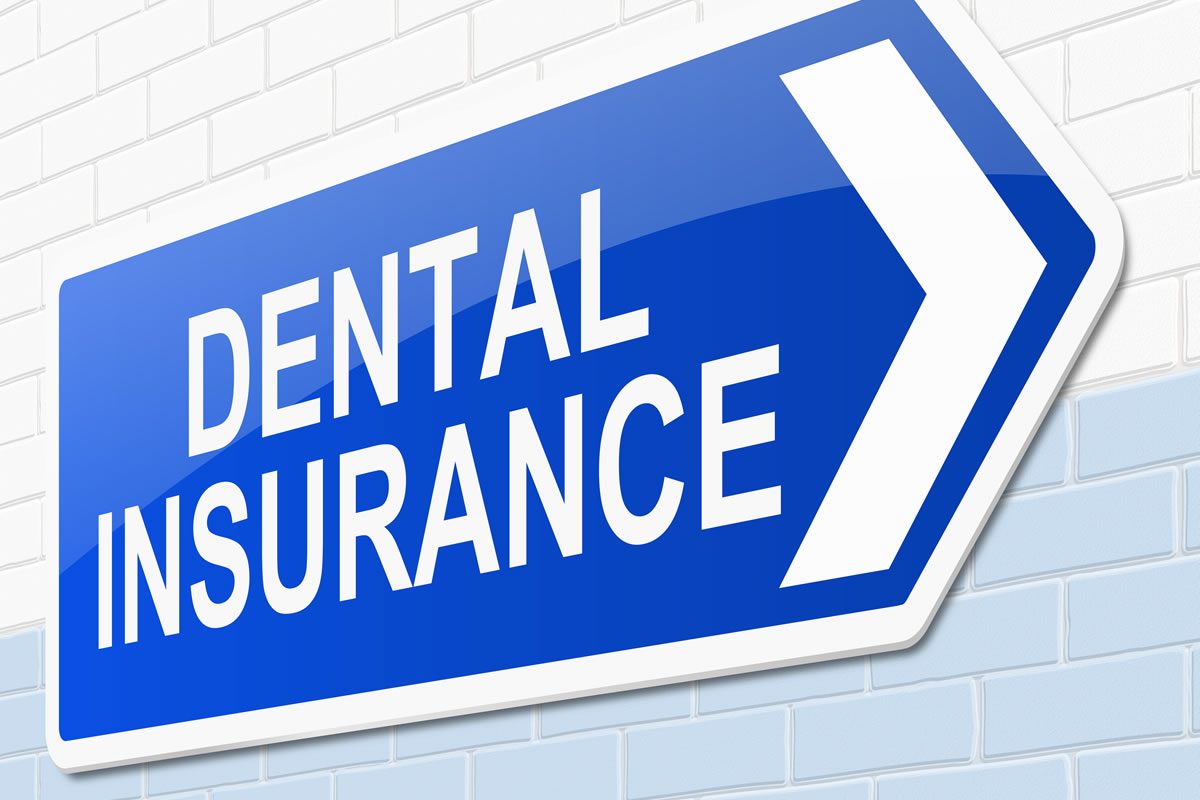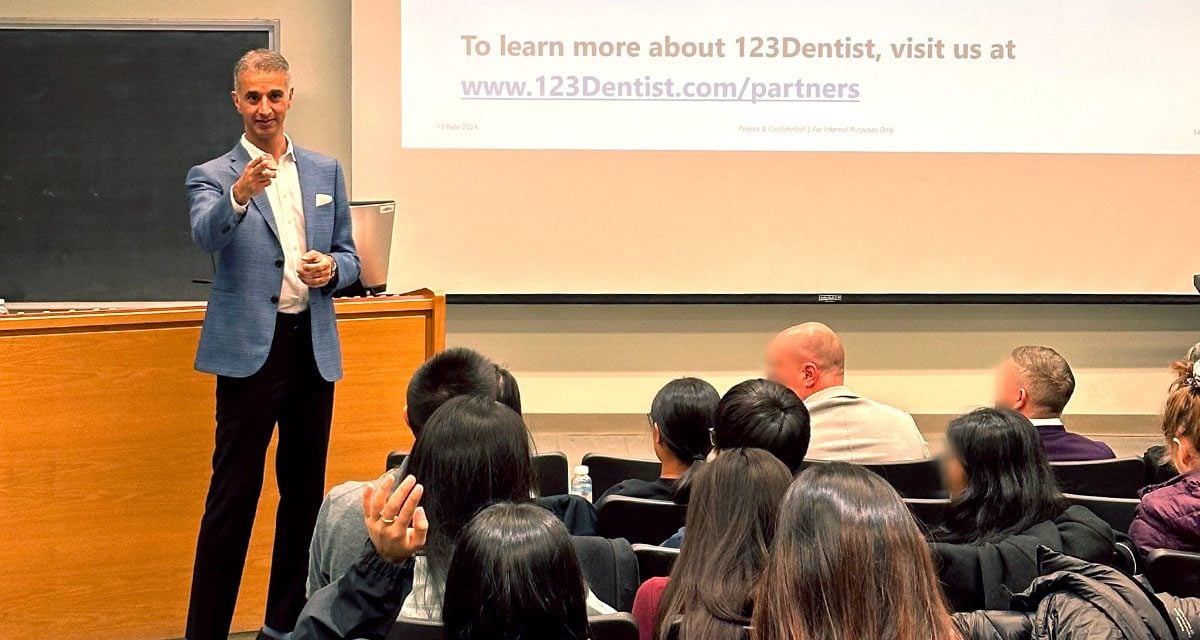Do you have dental insurance? Do you understand exactly how it works and what it covers? Sure, dental insurance is a huge benefit since it saves you a lot of money. You can protect your teeth and smile at a fraction of the price you’d pay without dental insurance. Still, coverage is often confusing. You need to know what you can and can’t do on your current plan. Here’s a guide to understanding your dental insurance.
How Did You Get Your Plan?
The first question you need to answer is how you access your current plan. Do you have coverage through your employer? Do you buy it on your own? Are you not covered at the moment but researching options?
In Canada, patients bear the responsibility of paying for services rendered. The Canada Health Act (CHA) doesn’t cover oral health care. Most citizens receive dental coverage through their employer. Otherwise, Canadians pay directly for their oral care.
While employers cover some, most, or possibly even all of the expenses, the patient must pay the difference. Your dentist usually contacts your insurance carrier to check. If you think something merits coverage, simply ask your dentist’s office to verify it.
People who need coverage have other options. Some Canadians qualify for government-funded dental care. Also, dental schools sometimes do procedures for much less than the regular cost. They do this in exchange for students getting the opportunity to practice dental care on real patients. Canadian insurance brokers are also experts at finding the right coverage plan for cash-strapped patients.
What Is Fee for Service?
This is the basic type of dental coverage most employers offer. The worker doesn’t know when they’ll need dental work performed. So, the plan lets the worker decide when to schedule an appointment. Once there, the employee receives any needed dental work. Once the person is ready to pay, the coverage plan applies.
The insurer has a deal in place with your employer, charging a set fee (premium) for each worker. The plan doesn’t charge your employee as if everyone will need dental coverage; therefore, the total cost of coverage is cheaper to the employer and thereby the worker who needs dental care.
The payment at the dentist’s office is straightforward. The patient tells the dental employee which insurance company will cover the services. The office worker checks to see how much that company covers. The patient is responsible for the rest, which is usually only a small percentage of the cost. Fee for service plans ordinarily requires the patient to pay some amount at the dentist’s office. Otherwise, the patient sets up a payment schedule.
How Does Payment Work?
Payment always depends on the specific plan. Rules vary depending on coverage. In most instances, an 80/20 system exists. The plan covers 80 percent of the cost, and the patient is responsible for the rest. Basic care such as teeth cleanings, examinations, X-rays, and fillings are the most likely instances of the 80/20 rule. Some more involved procedures such as root canals also qualify.
Major dental work generally has an even split. Called a 50/50 plan, this type of coverage has the insurer pay half, and the patient pays the other half. Bridges, crowns, and other serious dental procedures are likely to have the 50/50 division of cost.
Canada also has specific laws involving dentistry. The person performing the procedure cannot waive the co-payment. It’s actually a federal crime, a kind of insurance fraud. If found guilty of this crime, your dentist is subject to large fines or loss of their license to practice.
To avoid such legal concerns, you and your dentist will sign a claim form. It states which services the dentist provided and the total cost of the dental care. This document goes to the insurer. In signing this agreement, the patient agrees to pay for their part of the coverage. After verifying the charges, the insurer agrees to pay their part, too.
What Is Direct Pay?
Some people choose not to buy dental coverage. Instead, they only pay for dental services when the need arises. This system is direct pay. People who use it agree to pay a set amount per service.
As an example, a dentist will list standard rates for dental care such as teeth cleaning, a dental exam, or X-rays. Out of those three services, the exam is usually the cheapest, while the X-rays aren’t much more. The teeth cleaning probably costs double, generally $125 or more. More expensive options such as braces and bridgework are also offered à la carte. Someone who uses direct pay has the largest dental health care expenses on a per-visit basis.
Understanding dental insurance is important. Without this knowledge, you run the risk of either overpaying for services rendered or ignoring dental care altogether. To avoid these issues, read your coverage plan documents to see what you have and what your options are.




 December is finally here, and if you’re not already hyped about the holidays, you’re about to […]
December is finally here, and if you’re not already hyped about the holidays, you’re about to […]

